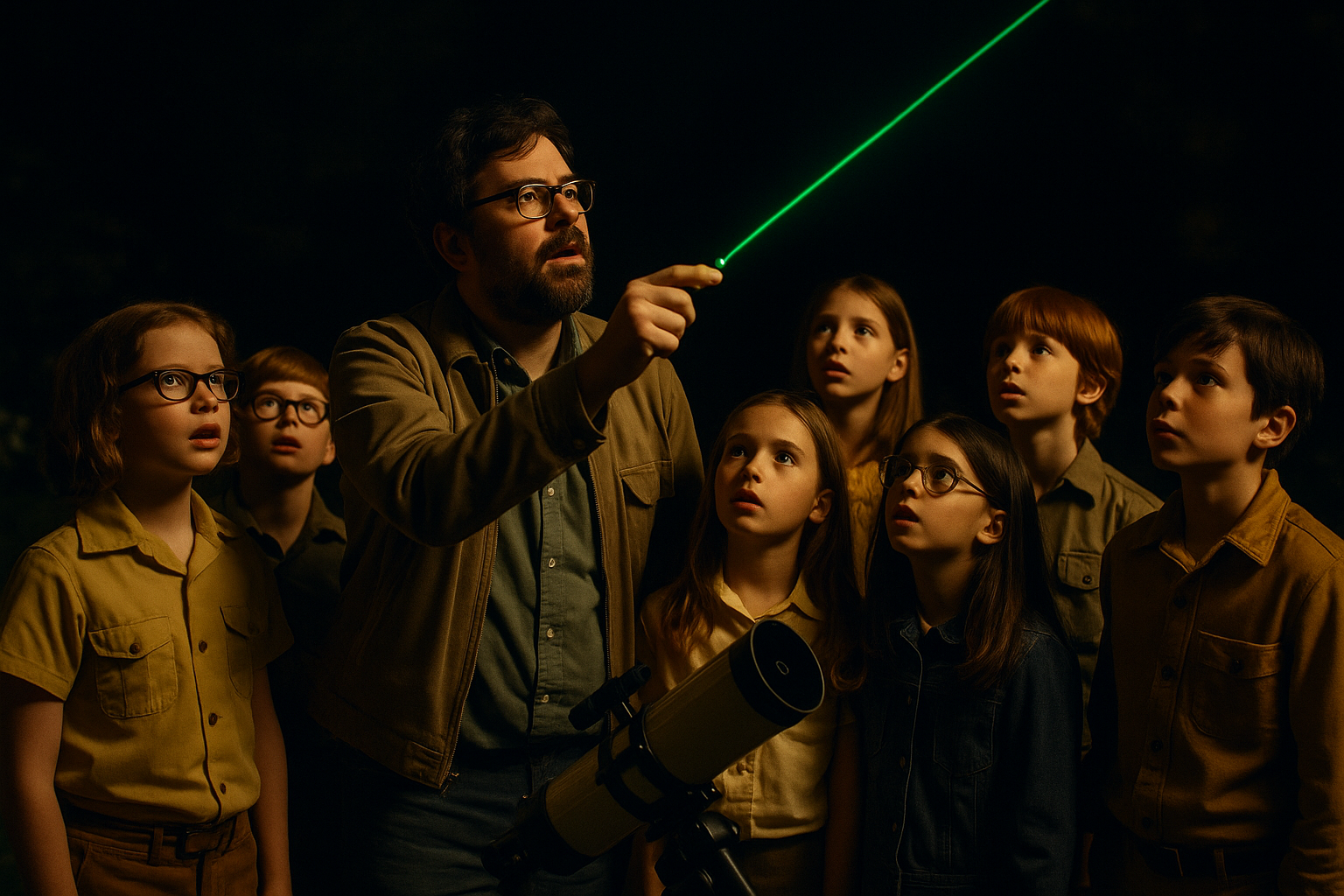The Problem: A Turbulent Sky
Astronomers have always battled the same adversary: Earth’s atmosphere. As light from distant stars passes through layers of air with different temperatures and densities, it bends unpredictably. The result is a blurred or distorted image — the same shimmering effect you see when heat waves rise from a road in summer.
Even the world’s largest reflecting telescopes, like those at Mauna Kea or Paranal, can’t escape this limitation. Without correction, a billion-dollar mirror might deliver images no sharper than a small amateur telescope in space.
The Solution: Adaptive Optics
Adaptive optics (AO) is the art of fighting back. It uses real-time corrections to counter atmospheric distortion — hundreds or thousands of times per second.
At the heart of the system lies a deformable mirror. Its surface is continuously reshaped by actuators responding to data from a wavefront sensor, which detects how incoming starlight has been distorted. This sensor compares the distorted light to a reference — ideally, a known “guide star” near the object being observed.
The Catch: There Isn’t Always a Convenient Star
To measure distortion accurately, astronomers need a bright point source close to the target. But the night sky isn’t always cooperative — some regions simply lack a suitable guide star.
That’s where the lasers come in.
The Artificial Star: A Beacon in the Sky
Modern telescopes fire a laser beam into the upper atmosphere, typically around 90 kilometers up, where it excites a thin layer of sodium atoms left behind by micrometeorites. These atoms glow in a specific yellow-orange wavelength (about 589 nm), creating a bright artificial “sodium guide star.”
To the telescope’s sensors, this laser-induced spot behaves like a real star. The system analyzes how the light from this reference is distorted on its way down through the atmosphere — and uses that data to correct the incoming light from the actual astronomical target.
In essence, the telescope is measuring the atmosphere against itself.
The Result: Space-Like Clarity from the Ground
With adaptive optics and laser guide stars, ground-based observatories can now rival or even surpass the resolution of space telescopes like Hubble — at a fraction of the cost. The technique has transformed Earth-based astronomy, making it possible to study exoplanets, stellar nurseries, and black-hole environments with unprecedented precision.
From Science to Simulation: The ZWIFT Observatory
Even the cycling simulation ZWIFT features an observatory that shoots a laser beam skyward — a tiny homage to this real-world technology. Virtual riders ascending the Alpe du Zwift can see the green beam cutting through the simulated atmosphere, symbolizing human curiosity piercing the turbulence of nature itself.
It’s a poetic nod to the link between endurance and exploration: whether on a bike or behind a telescope, both are ultimately about pushing boundaries — and seeing farther than before.

